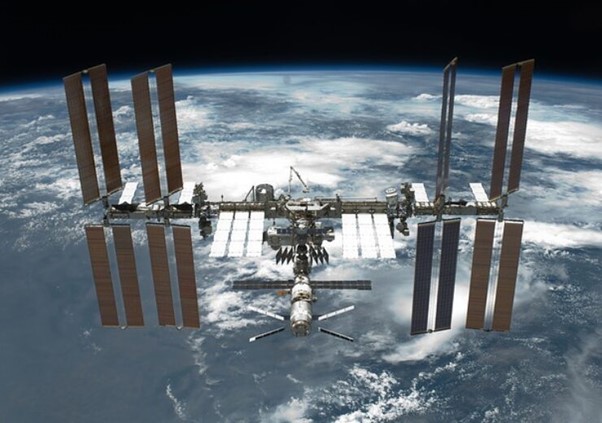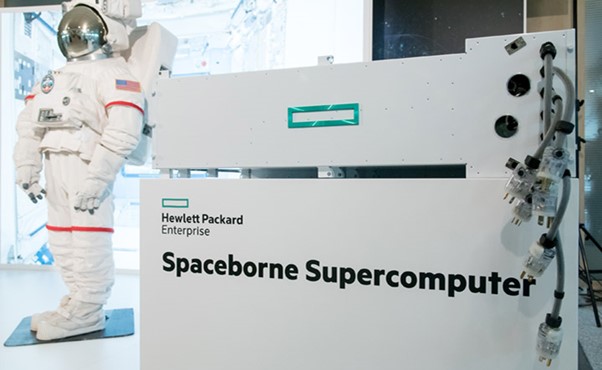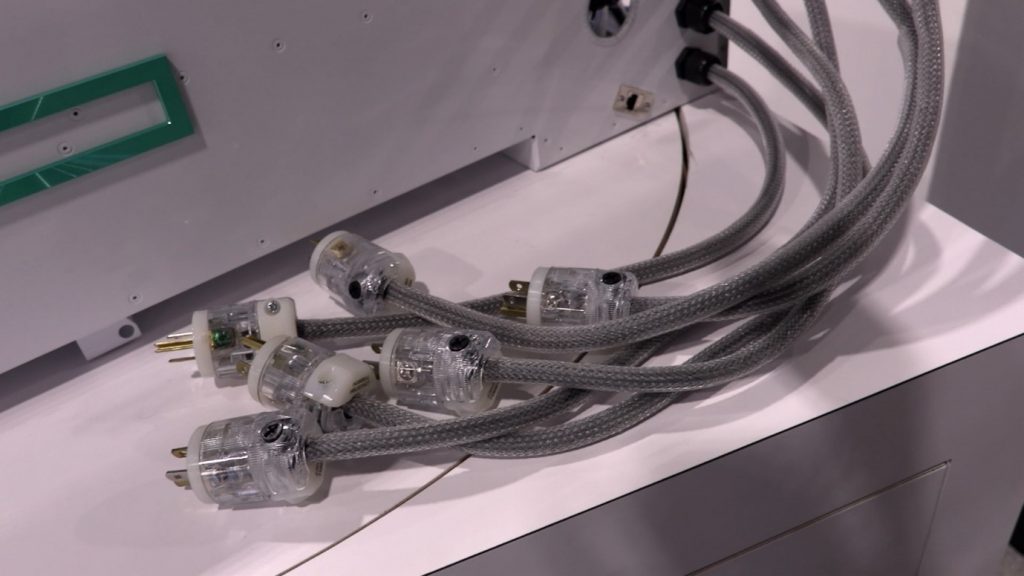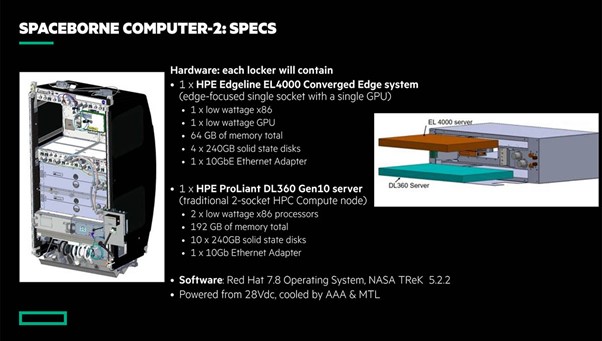What an exciting week in space! NASA just landed a new Mars Rover called Perseverance on Mars, and just 2 days later there is the next launch already. Not that far this time, it is ‘just’ going to the International Space Station ISS with the 15th Northrop Grumman cargo resupply mission. Some fun facts on the ISS can be found on the NASA website.
However, interesting for us IT people is the fact that HPE sends its second generation Spaceborne Computer with it.

HPE Spaceborne Computer
Launched in 2017, the first HPE Spaceborne Computer study ran a high-performance commercial off-the-shelf computer system in space with the goal of having the system operate seamlessly for one year. It successfully performed more than 1 trillion calculations (or one teraflop) per second for 207 days without requiring reset.

This next generation of ‘computer’ is designed to give the ISS astronauts the same type of technologies that we use these days to process data. It will be a big advantage of process the data in the ISS, eliminating the need to transfer data to and from Earth, which requires a lot of bandwidth and time.
“HPE and Microsoft are collaborating to further accelerate space exploration by delivering state-of-the art technologies to tackle a range of data processing needs while in orbit,” Mark Fernandez, HPE Spaceborne Computer-2 principal investigator, said in a statement. “By bringing together HPE’s Spaceborne Computer-2, which is based on the HPE Edgeline Converged Edge system for advanced edge computing and AI capabilities, with Microsoft Azure to connect to the cloud, we are enabling space explorers to seamlessly transmit large data sets to and from Earth and benefit from an edge-to-cloud experience.”

HPE Spaceborne Computer 2
HPE is delivering the same edge computing technologies targeted for harsh, remote environments on Earth such as oil and gas refineries, manufacturing plants, or on defence missions. This second generation is based on an HPE Edgeline Converged EK4000 Edge system and a HPE Proliant DL360 Gen10 server. They are installed in a ruggedized enclosure that fits in the ISS with its specific connections, electricity and cooling.

The Spaceborne Computer-2 offers purpose-built edge computing capabilities powered by the HPE Edgeline Converged Edge system and HPE ProLiant server to ingest and process data from a range of devices in real-time. Spaceborne Computer-2 will also come equipped with graphic processing units (GPUs) to efficiently process image-intensive data requiring higher image resolution such as shots of polar ice caps on earth or medical x-rays. The GPU capabilities will also support specific projects using AI and machine learning techniques, HPE said.
Exciting times ahead! I am going to test my own HPE Edgeline 4000 in my homelab further for some more articles. My first article on HPE Edgeline 4000 can be found here.
Always a good story when talking about using technology in space… 😉 Stay posted!
Be social and share!
